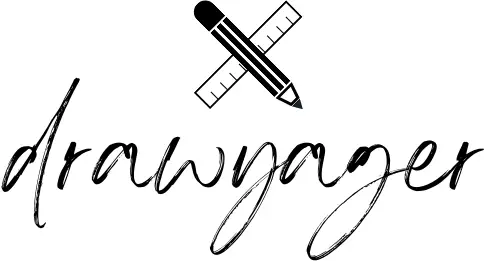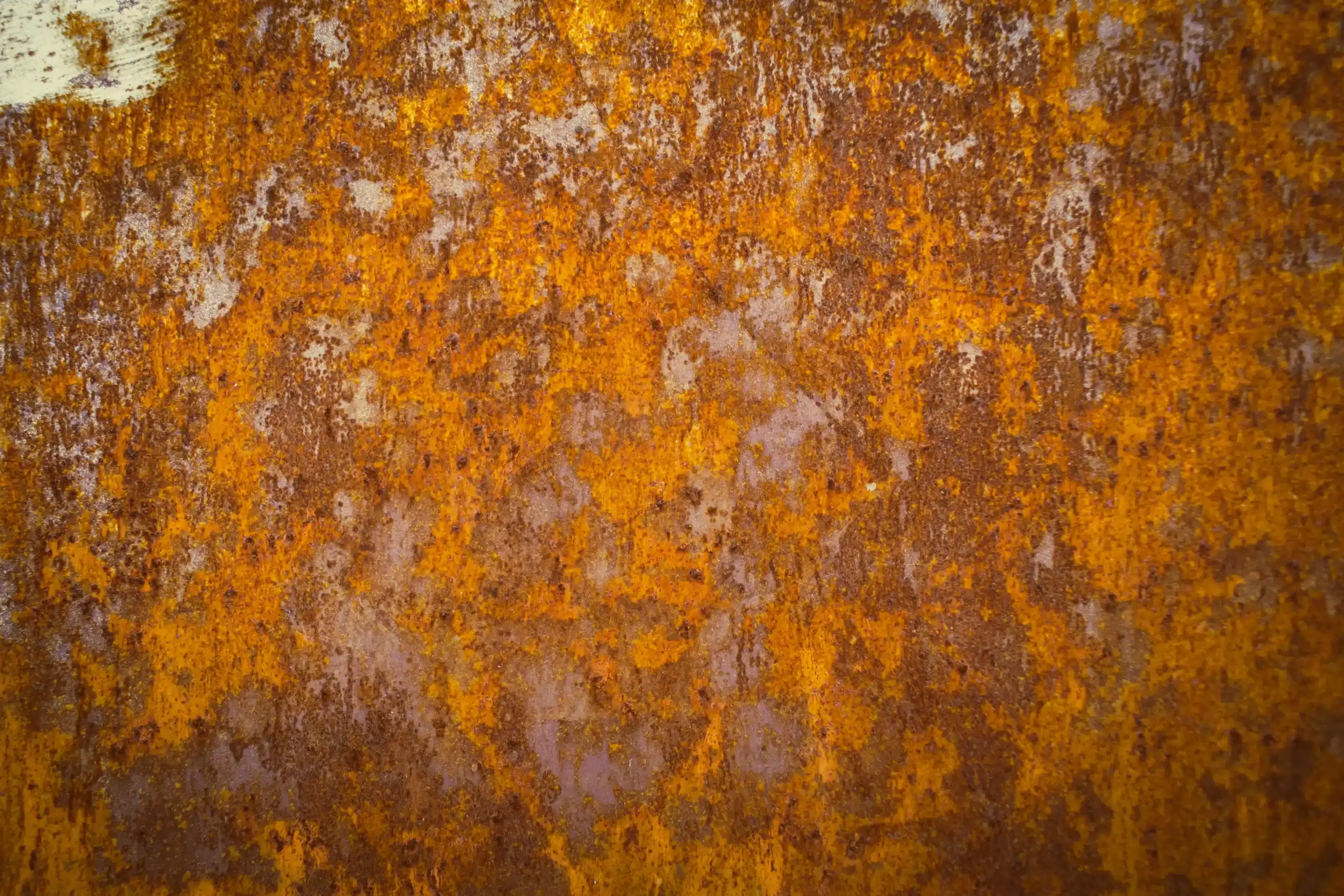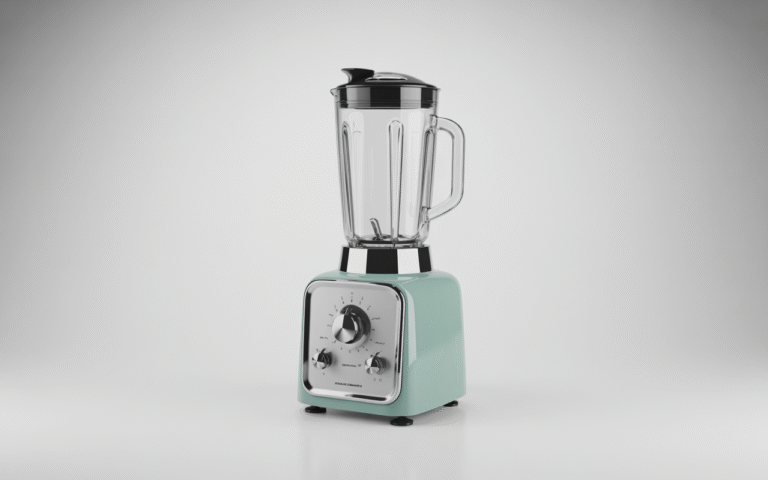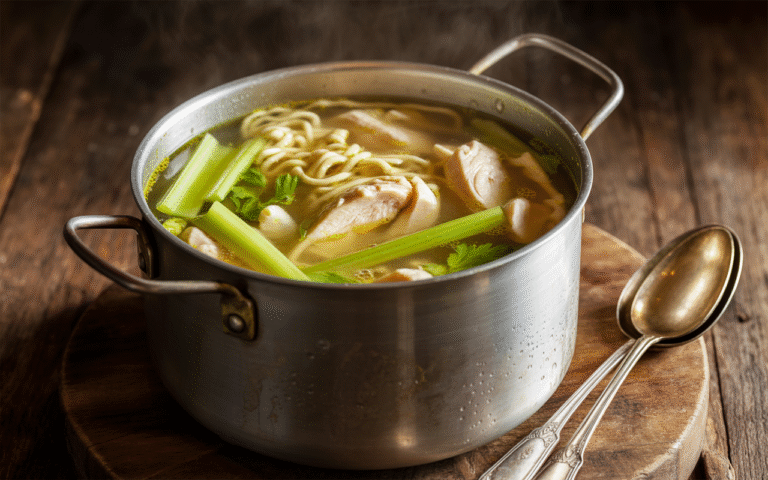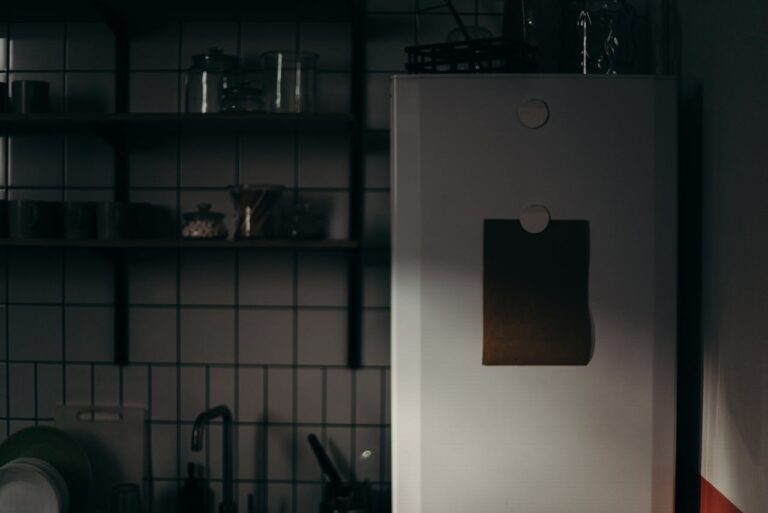Metal is one of the most fascinating yet challenging materials to capture in a drawing, even with Metal Drawing References. Unlike organic textures like wood or fabric, metal is defined by its smooth, reflective, and often high-contrast surface. Whether it’s the shine of polished steel, the rough patina of aged bronze, or the intricate engravings on an antique sword, mastering metal drawing requires a keen eye for light, shadow, and reflection.
In this guide, you can explore 80+ Metal Drawing References and some essential techniques for drawing metal, from the tools you need to the unique challenges of rendering reflective materials. Whether you’re working with pencil, ink, ballpoint pen, or charcoal, these insights will help you bring metallic textures to life with precision and realism.
For inspiration, you can also read: Master the Art of Wood Drawing References: Tips, Techniques, and Stunning References for Every Artist, or 50 Stone Wall Drawing References Every Artist Needs to See!
Collection of 80+ Metal Drawing References


















































































What Makes Metal Drawing Unique?
Unlike matte surfaces, metal doesn’t absorb light – it reflects it. This makes focusing on light and contrast rather than traditional shading techniques. Here are the key elements to consider when drawing metal:
1. High Contrast and Sharp Highlights
- Metal surfaces often have extreme contrasts between bright highlights and deep shadows.
- The highlights are typically sharp-edged rather than softly blended like in fabric or wood.
- Observing how light interacts with metals – chrome, brushed steel, or rusted iron – will help create a convincing effect.
2. Reflections and Distortions
- Unlike other materials, metal reflects its surroundings. Even a simple metallic sphere will pick up colors, shapes, and light from the environment.
- Distortions occur when the metal surface is curved (e.g., a polished helmet or spoon) or imperfect (e.g., hammered copper or scratched aluminum).
- Learning to abstract reflections into bold shapes instead of relying on traditional shading techniques is key.
3. Texture Matters
- Not all metal is perfectly smooth.
- Rough, rusted, or scratched metals require special attention to subtle imperfections.
- Techniques like cross-hatching (with ink or ballpoint pen) or stippling (with pencil or charcoal) can help mimic these textures.
4. Layering and Blending for Depth
- When using pencil or charcoal, smooth blending with tools like tortillons or tissue paper can create seamless gradients between light and dark.
- With ballpoint pens or ink, layering fine lines gradually builds up smooth surfaces.
- The right balance between solid black areas, mid-tones, and bright highlights determines how realistic the metal looks.
FAQ – Frequently Asked Questions
What are Metal drawing references?
Metal drawing references are visual guides that showcase various metal textures, finishes, and lighting effects. They help artists accurately capture the reflective qualities, shadows, and intricate details of metal in their artwork.
Why are Metal drawing references important for my art?
Using these references can elevate your work by adding realistic texture and depth to your drawings. They provide a clear understanding of how light interacts with metal, enabling you to create more dynamic and authentic pieces that truly stand out.
Where can I find high-quality Metal drawing references?
You can find top-notch Metal drawing references on specialized art websites, design blogs, or platforms like Pinterest. My curated Pinterest Account is filled with inspiring metal textures and surfaces to boost your creative process.
Drawing metal is all about understanding how light plays on different surfaces. Whether you’re sketching a medieval sword, a rusted old key, or a futuristic robotic arm, keeping these principles in mind will take your metal drawings to the next level.
Ready to transform your art? Explore our curated collection of Metal drawing references on my Pinterest account and check out our other articles for more creative inspiration! I’d love to hear your thoughts – drop a comment below and let us know which metal textures inspire you the most!
